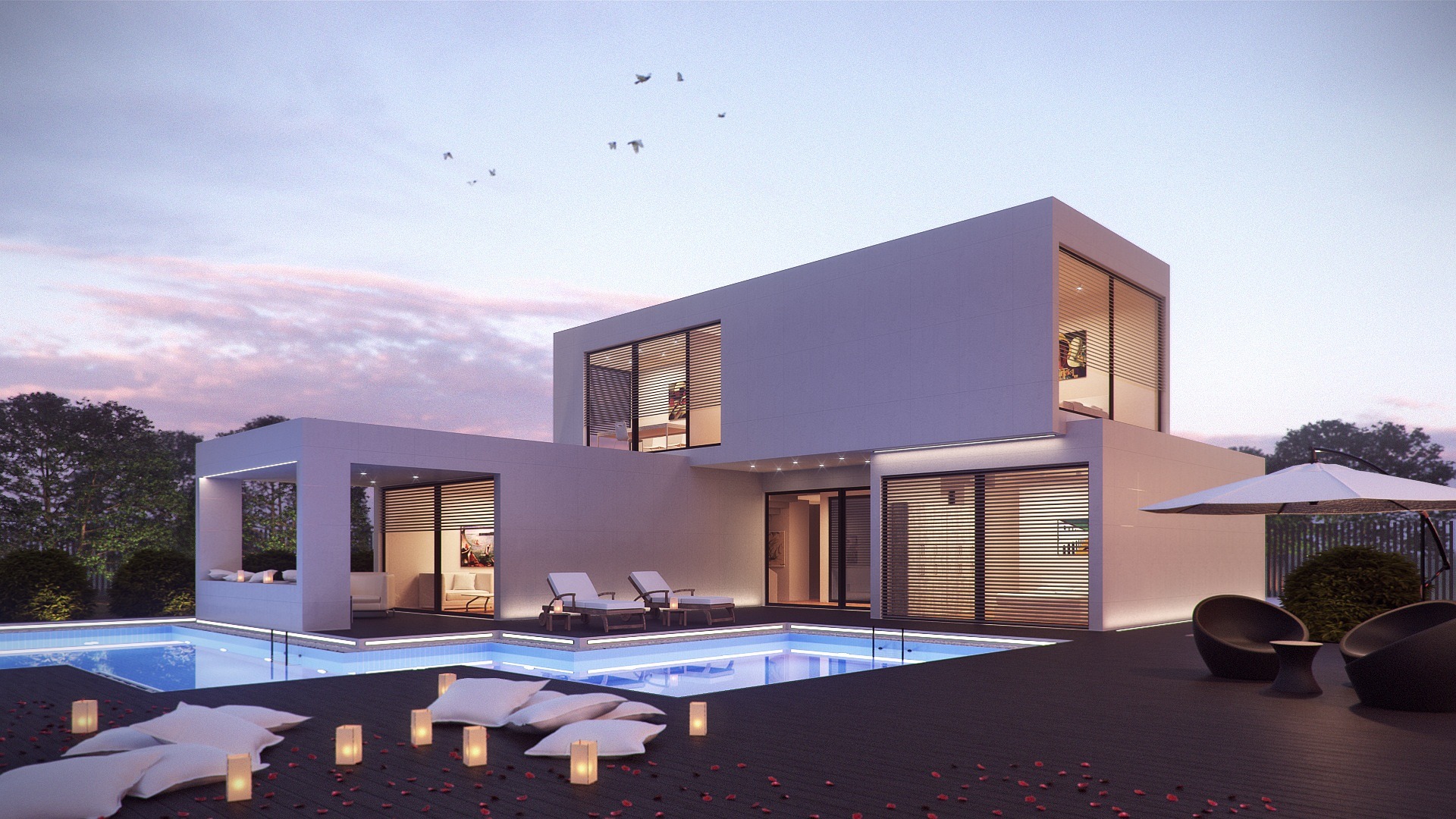Modular Houses: Possible Cost-Effective Living Solutions
Modular houses have revolutionized the housing industry, offering innovative, flexible, and cost-effective solutions for modern living. Built in sections at a factory and assembled on-site, these homes combine efficiency with high-quality construction. This article explores the key benefits of modular housing, including affordability, sustainability, and customizable designs that cater to various needs. Whether you’re looking for a quick-build option, an eco-friendly solution, or a home tailored to your preferences, modular houses provide a versatile alternative to traditional housing. Discover how modular homes can make homeownership more accessible and aligned with your lifestyle.

Modular Homes: The Future of Sustainable and Customizable Living
Modular homes are revolutionizing the housing industry, offering a blend of efficiency, sustainability, and customization that traditional construction methods struggle to match. These prefabricated structures are built in controlled factory environments and then transported to their final location for assembly. This innovative approach to homebuilding is gaining popularity worldwide, as more people recognize the numerous benefits of modular housing for modern living.
Efficiency and Speed of Construction
One of the most significant advantages of modular homes is the speed at which they can be constructed. Unlike traditional building methods, which are often subject to weather delays and on-site complications, modular homes are built in climate-controlled factories. This controlled environment allows for a more streamlined production process, resulting in faster completion times. On average, a modular home can be built and installed in about half the time it takes to construct a traditional home.
Customization Options for Personalized Living Spaces
Contrary to popular belief, modular homes offer a wide range of customization options. Homeowners can choose from various floor plans, finishes, and architectural styles to create a living space that perfectly suits their needs and preferences. From modern minimalist designs to more traditional aesthetics, modular homes can be tailored to reflect individual tastes. This flexibility allows homeowners to create unique, personalized spaces without compromising on quality or structural integrity.
Sustainability and Eco-Friendly Features
Modular homes are at the forefront of sustainable construction practices. The factory-based building process results in significantly less waste compared to traditional on-site construction. Many modular home manufacturers also prioritize the use of eco-friendly materials and energy-efficient systems. Features such as high-quality insulation, energy-efficient windows, and solar panel integration are common in modern modular homes, contributing to reduced energy consumption and lower carbon footprints.
Cost-Effectiveness and Long-Term Savings
While the initial cost of a modular home can be comparable to that of a traditional home, the long-term savings are often substantial. The efficient construction process typically results in lower labor costs and reduced material waste. Additionally, the energy-efficient features of modular homes can lead to significant savings on utility bills over time. Homeowners may also benefit from lower insurance premiums due to the sturdy construction and adherence to strict building codes.
Quality Control and Structural Integrity
Modular homes are subject to rigorous quality control measures throughout the manufacturing process. Each module is built to meet or exceed local building codes and undergoes thorough inspections before leaving the factory. This level of quality control often results in homes that are more structurally sound than their site-built counterparts. The controlled environment also minimizes the risk of weather-related damage during construction, ensuring that materials remain in optimal condition.
Addressing Common Misconceptions
Despite their many advantages, modular homes still face some misconceptions. One common myth is that they are of lower quality or less durable than traditional homes. In reality, modular homes are built to the same codes and standards as site-built homes and often exceed them due to the need to withstand transportation. Another misconception is that modular homes all look the same. However, modern modular construction offers a wide variety of designs and styles, allowing for unique and attractive homes that blend seamlessly into any neighborhood.
Comparing Top Modular Home Providers
When considering a modular home, it’s essential to compare different providers to find the best fit for your needs and budget. Here’s a comparison of four leading modular home manufacturers available to customers in various regions:
| Provider | Specialties | Average Cost Range | Sustainability Features |
|---|---|---|---|
| Clayton Homes | Wide range of styles, from entry-level to luxury | $80,000 - $300,000+ | Energy Star certified homes, eco-friendly materials |
| Champion Homes | Custom designs, multi-family units | $100,000 - $250,000+ | High-efficiency HVAC, low-E windows |
| Blu Homes | Modern, eco-friendly designs | $200,000 - $1,000,000+ | Solar-ready roofs, non-toxic materials |
| Method Homes | High-end, architect-designed homes | $300,000 - $1,500,000+ | LEED-certified options, sustainable materials |
Note: Costs are estimates and can vary based on location, customization, and current market conditions. Always conduct independent research for the most up-to-date pricing information.
Modular homes represent a significant leap forward in residential construction, offering a blend of efficiency, sustainability, and customization that is hard to match with traditional building methods. As technology continues to advance and more people recognize the benefits of modular construction, we can expect to see these innovative homes playing an increasingly important role in shaping the future of housing worldwide.
The shared information of this generated article is up-to-date as of the publishing date. For more up-to-date information, please conduct own research.




